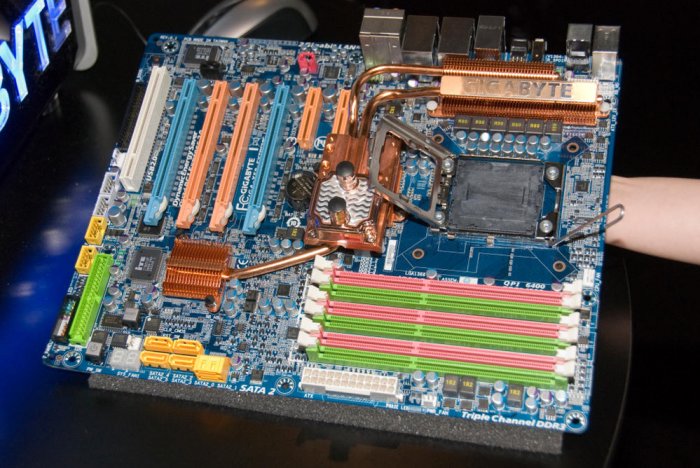One of the biggest drawbacks of Intel's upcoming X58 platform has been the lack of support for NVIDIA's SLI. Well, that changes, and the way it's going to be handled might just surprise you.
NVIDIA's SLI won't be available on X58? Think again! The company has just announced 'native' support on select X58-based motherboards, all without the use of their own chipset. Dual-GPU configurations will be enabled without a bridge, while the higher-end offerings, including a potential Quad-GPU, will.
Read through the full briefing here and discuss it here if you have comments to make.
NVIDIA's SLI won't be available on X58? Think again! The company has just announced 'native' support on select X58-based motherboards, all without the use of their own chipset. Dual-GPU configurations will be enabled without a bridge, while the higher-end offerings, including a potential Quad-GPU, will.
Read through the full briefing here and discuss it here if you have comments to make.

